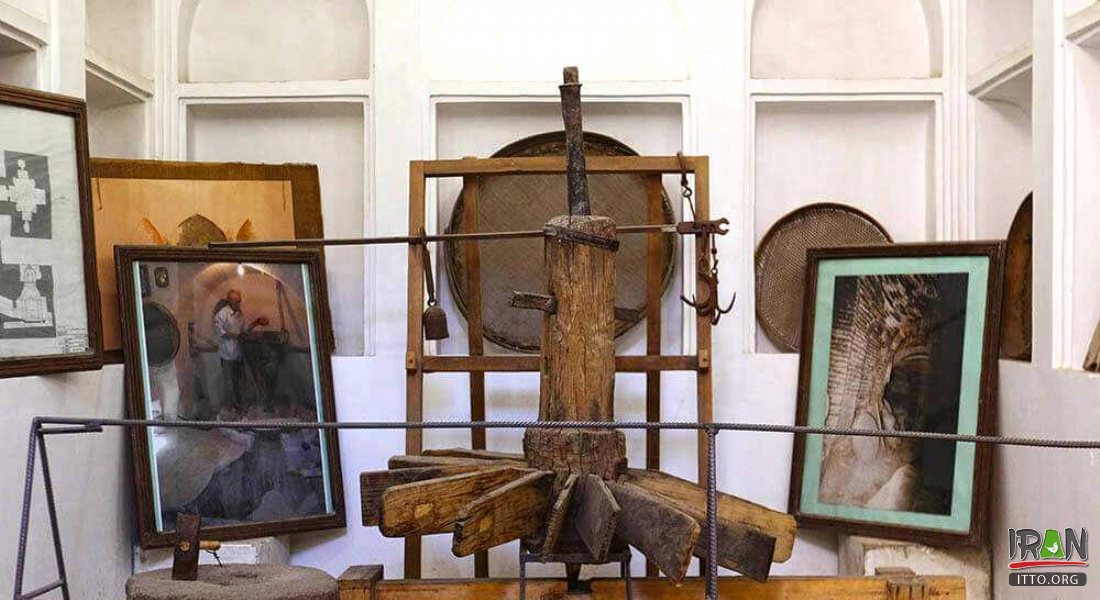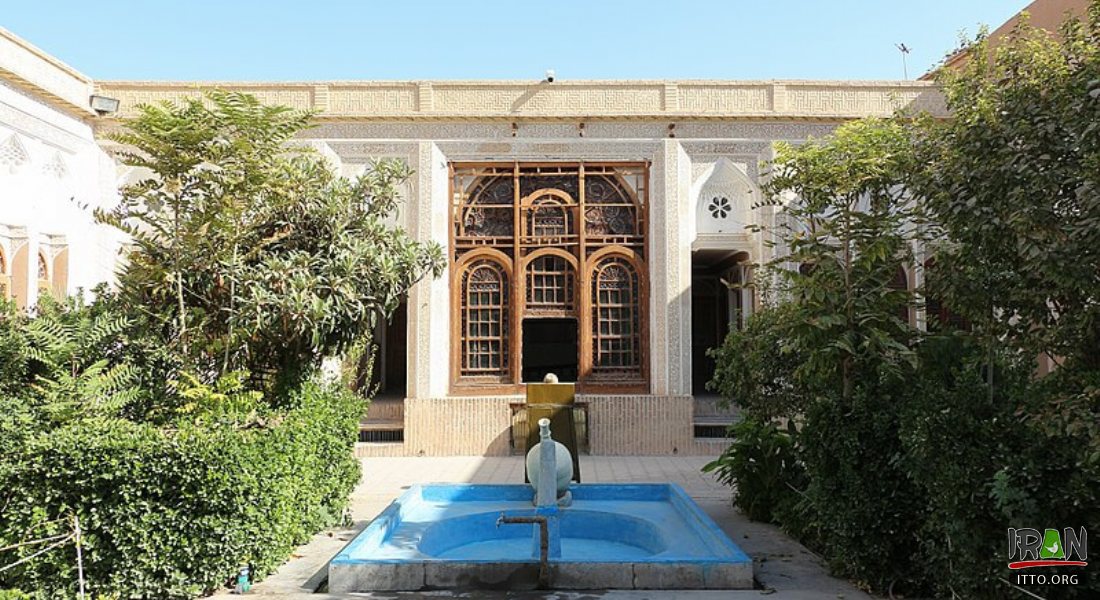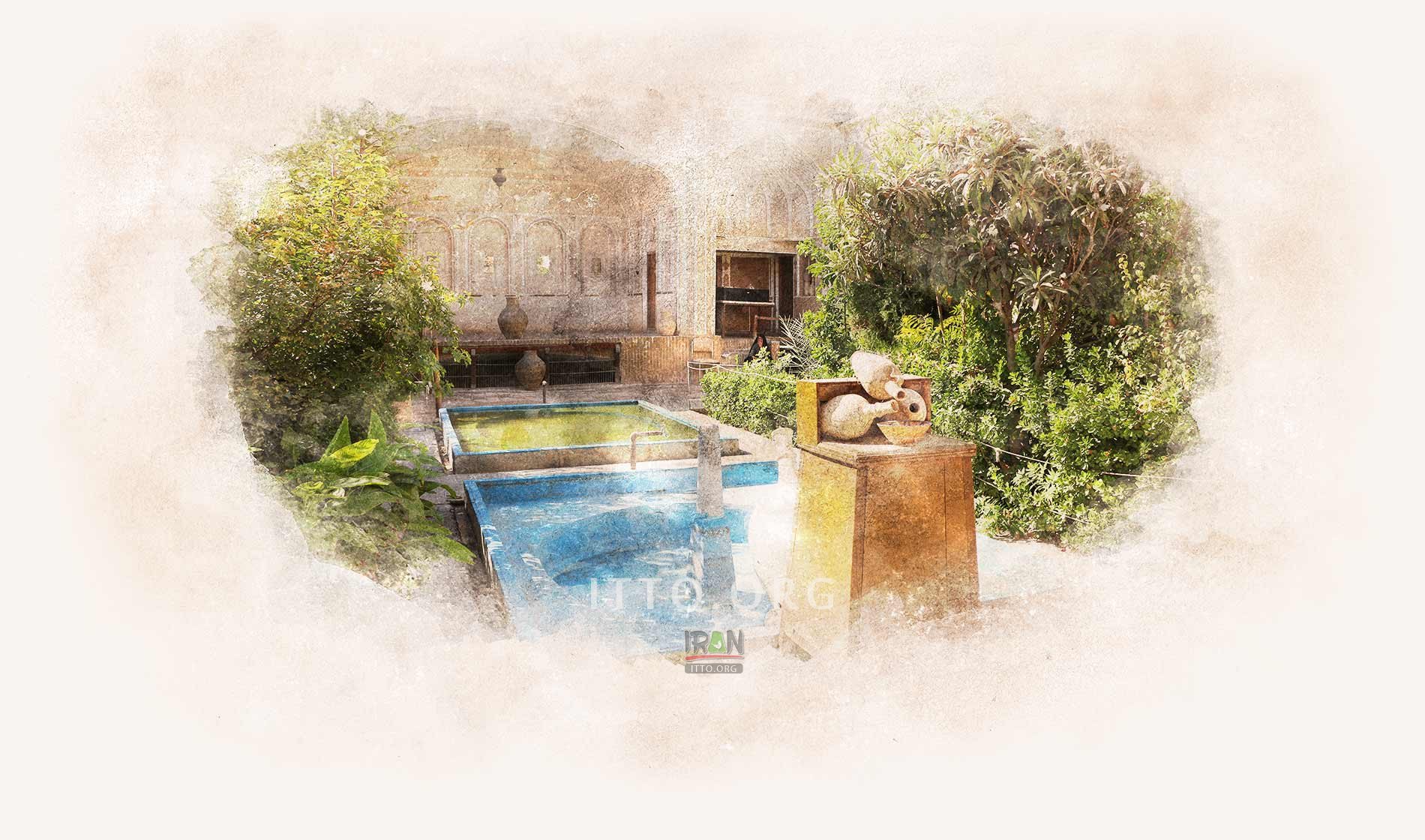Located On the northern side of
Amir Chakhmaq Square, in restored Kohaldooz-ha mansion with a visible qanat running underneath, the museum offers, through a series of photographs, exhibits and architectural drawings, a fascinating glimpse into the hidden world of waterways that have allowed life to flourish in the desert.
The
museum, which charts the 2000 years that Iran's unique irrigation system has been in operation, describes the drilling of mother wells (which can reach a depth of 300m, such as the qanat near Mashad) and the use of water distribution clocks. These clocks (basically a bowl with a hole in the bottom) helped to mark out the 15- or 20-minute shares of water purchasable by householder or farmer.

This museum is the best place to introduce brave and hardworking men who have done their best to preserve water.
run through many of the wealthy old houses in
Yazd, collecting in pools in basements known as sardob. As the coolest part of the house, these rooms were often beautifully decorated and several fine examples exist in Yazd's old traditional hotels today. The qanats (there are many running through each town) are the reason why the wealthiest districts are always closest to the mountains – to be closest to the freshest water.
mansion of “Kolahduz” family:The stunning five-storey design of the house is what distinguishes it from other houses in Yazd. It is built of clay, brick, plaster, and wood with residential spaces covering three wings around the courtyard. The southern part holds a beautiful hall, decorated with fine mirrorwork. The northern wing includes a room in the middle and two flanking rooms on its sides, decorated with exquisite plasterwork. Generally, the four sides of the house enjoy fine plasterwork, bearing arabesque designs.

Yazd is well known for its windcatchers, and qanats (underground water canals). This museum is the best place to introduce brave and hardworking men who have done their best to preserve water.
On the lowest level, there are streams of water originating from two qanats: the ancient qanats of Zarch and Rahimabad. The water flowing into the house from these qanats branches off into two paths, one going to the water trail and the other to the Sardab. At the depth of 10 meters under the ground is the second storey or payab; it is a cool octagonal space used for preserving food. The third storey or the basement contains several rooms and corridors, where the residents used to spend their hot summers days. The Ground floor(the 4th storey) consists of a hall, a kitchen, servants’ room and several other rooms.
The main hall is now a water museum, exhibiting more than 200 historical items used in water distribution, such as water measurement devices and lighting devices used in qanats as well as the water distributors’ documents and booklets. Among the most interesting items in the museum is a traditional water clock. It consists of a large bowl and a smaller one with a tiny hole in the middle of it. Distributors used to fill the larger bowl with water and put the smaller one on its surface. The water penetrated gradually into the smaller bowl and drowned it.
The water distributors used the duration taken for the smaller bowl to be drowned as a measurement unit to regulate the amount of water shared between different users. The roof comprises the fifth storey, including a deep well to supply the drinking water for the residents.




